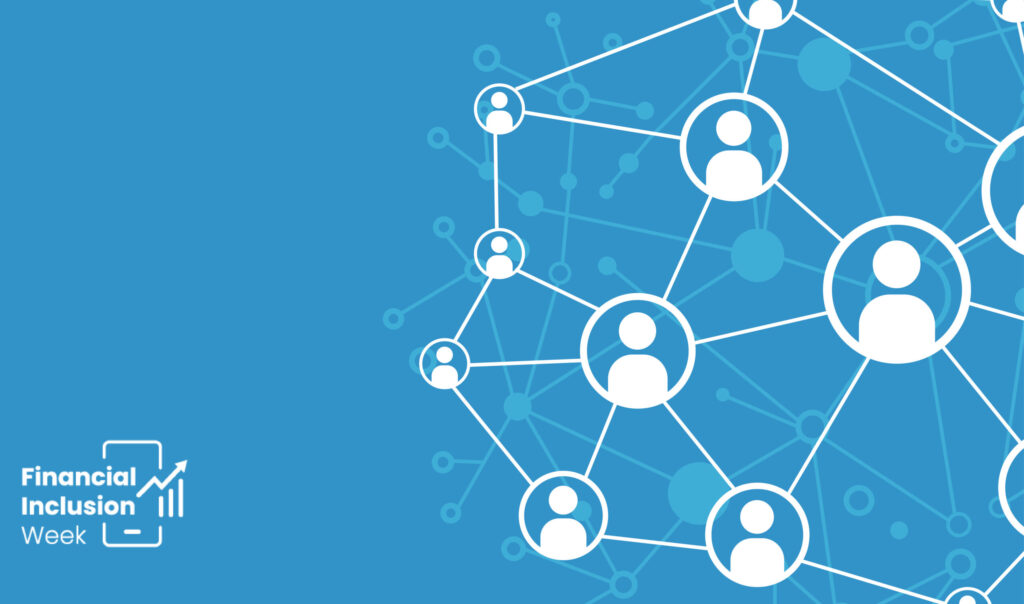
The pandemic accelerated the adoption of digital financial services, especially in emerging economies, largely due to the number of people who began using the internet for the first time. The Global Findex 2021 found that of the adults in developing countries who paid utility bills directly from an account, one-third did so for the first time during the pandemic. In India, more than 80 million adults made their first digital merchant payment after the start of the pandemic; in China, over 100 million adults did the same. However, the Findex 2021 data also showed a rise in consumer protection risks and cautioned that less experienced financial consumers were more vulnerable to such risks.
As digital financial services proliferate, new risks emerge. One of these risks is known as deceptive designs, which are tricks used by companies when designing user interfaces that have the effect – either deliberately or otherwise – of obscuring, subverting, or impairing consumer autonomy, decision making, or choice. In other words, deceptive designs are used to manipulate people into making decisions that may not be in their best interest. Deceptive design is all around us and is increasing with rapid digitalization.
Those most vulnerable to deceptive designs are consumers with low digital capability, low financial means, or are those who are vulnerable because of life events or mental health issues. The use of deceptive designs in financial services, especially when catering to low-income and vulnerable consumers, can cause harm such as loss of agency and risks of data privacy, and can extend to financial losses that increase vulnerabilities and erode trust in the usage of digital financial services.
While the implications of deceptive designs on user privacy and data protection are beginning to be discussed among regulators, consumer protection concerns have yet to be addressed. This is partly because design is hard to regulate, and manipulative design can exploit existing laws and legal loopholes.
Deceptive Design Patterns Are Ubiquitous
In the last week, how often have you used an app on your smartphone or a website to order groceries? To shop for clothes? Or logged in to read online news? Chances are at least once. It is also likely that you encountered several deceptive designs during that time. Harry Brignull, who raised awareness of deceptive design, features nearly 400 examples of deceptive design practices on his website. The New York Times, a publication that was one of the earliest to speak about deceptive designs, uses deceptive designs to make their paywall “smarter” and make it difficult to cancel subscriptions.
In Kenya and Tanzania, CGAP’s research found several challenges with how digital lenders disclose actual pricing to consumers, using monthly or weekly interest rate figures instead of a standardized calculation like an annualized percentage rate (APR). Research by Mazer and Rowan (2016) also found that some digital lenders only disclosed the price after consumers clicked the “I accept” button and the loan was executed. Insurance, a financial product that often is accused of mis-sale, can also use deceptive designs when sold online. In the UK, Currys, a well-known retailer, nudges online shoppers during check out by preventing them from moving forward unless they choose to buy insurance. In India, until laws changed recently to prevent the mis-sale of travel insurance, it was common to see travel portals use pre-checked buttons to bundle travel insurance with ticket purchase.
Focus on Consumer Protection by Design
The nature of these emergent risks requires new partners to work together – including designers, researchers, technologists, civil society actors, and lawyers who work on consumer rights, along with regulators, supervisors, investors, financial service providers, and tech-based providers. To kick off this work, CFI and Credit Suisse are partnering to leverage the diverse talent and expertise of Credit Suisse employees through the Innovation for Impact series, a spinoff of the bank’s Future of Banking Hackathon. Applying Credit Suisse’s Fresh Perspectives! Framework, the bank’s innovation lifecycle approach, teams of Credit Suisse employees will be guided through addressing the challenges that low-income consumers can face from the use of deceptive designs in financial services. The teams will work together to generate novel ideas, and rapidly test, learn, and adapt their solutions to address the presented challenges.
Through its Financial Inclusion Initiative (FII), Credit Suisse has partnered with Accion for over a decade, including as a founding supporter of CFI. Through the FII, Credit Suisse aims to support the availability of innovative and financially inclusive solutions to help advance progress towards the UN Sustainable Development Goals (SDGs) by providing both financial as well as human resources. The Innovation for Impact series provides a win-win opportunity for Credit Suisse employees to leverage and develop their expertise and innovation capabilities while at the same time contributing to an important challenge facing the inclusive finance sector.
The partnership between Credit Suisse and CFI is a way to begin generating awareness of deceptive designs with investors and financial service providers, and the harms they can cause to low-income consumers. The work on deceptive designs is part of a larger body of work that CFI is developing that looks at how to embed consumer protection by design for systemic change to create digital, inclusive financial systems that are more equitable, less discriminatory, and more empowering.
CFI is launching a strategic area of work around ‘Consumer Protection by Design’ to identify and address newer risks that emerge as inclusive finance is digitalized. This area of work will define the term consumer protection by design, identify newer risks (including deceptive designs), and assess whether these risks tend to be prevalent in specific geographies, industries, and company stages, and if they target specific user groups that are more susceptible. CFI will also conduct a landscape analysis of the specific harms posed to vulnerable consumers with a focus on identifying market monitoring tools and regulatory solutions that can be used to mitigate these harms.










